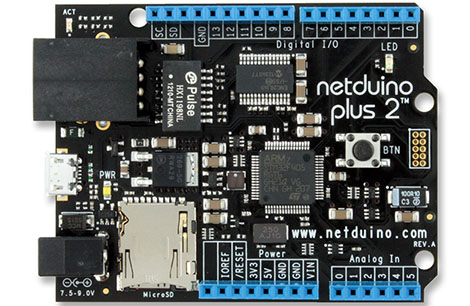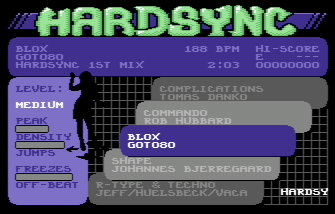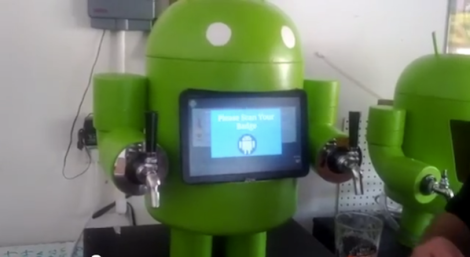
After finding an old piezoelectric delay line in an old TV, [Mike] decided to figure out how it works and in the process stored his name in sound waves reflecting inside a piece of glass
[Mike] was intrigued by these old-fashioned delay lines after watching [Dave] from EEVblog’s teardown of an circa 1985 camcorder. [Dave] found a piezoelectric delay line in his camcorder – a device that is able to store digital data by sending a sound wave into a glass plate, letting the sound wave bounce through the plate. and picking up the sound on the other end. It’s actually not too dissimilar to a mercury delay line used in the earliest computers.
After sending a pulse through his piezoelectric delay line, [Mike] picked up an echo almost exactly 64 microseconds later. After hooking up a simple circuit constructed out of a 74-series chip, [Mike] found he could ‘loop’ the delay line and keep a pulse going for up to 3 milliseconds.
Three milliseconds isn’t much, but by injecting serial data into the delay line, [Mike] was able to spell out his name in binary, as seen above. It’s just 32 bits stored for a fraction of a second, making it a very volatile, low-capacity memory, but functionally equivalent to the old mercury delay lines of yore.
It’s certainly not what [Mike] or [Dave]’s delay line was designed to do; these video delay lines were used to hold the previous line of video for a form of error correction. Outside [Mike]’s workbench and a few museums, though, you won’t see a delay line used as a form of computer memory. A very cool build and an awesome history lesson, and we thank [Mike] for that.
















